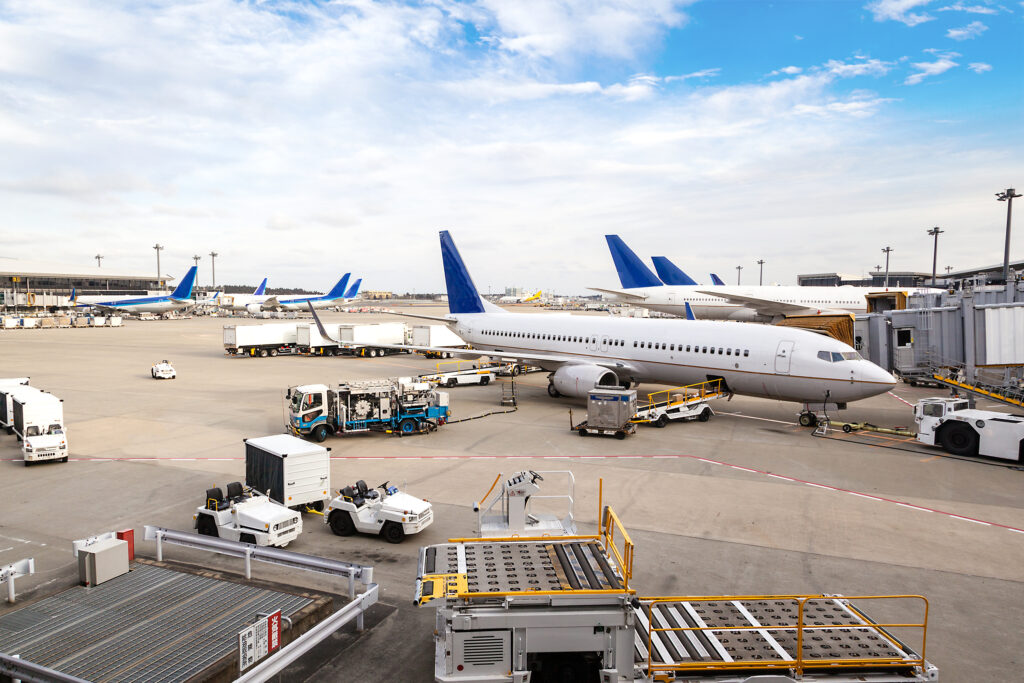According to data from the International Air Transport Association (IATA), ground incidents occur about every 1,000 turnarounds, which is the arrival and departure of an aircraft at a passenger terminal gate. While the total annual turnarounds vary significantly by airport and throughout the year, Hartfield-Jackson Atlanta International Airport exceeds 1,000 per day, making it the world’s busiest airport.
With the statistical probability of one ground incident per day, at an average cost of US$ 250,000 worth of damage and financial losses to airlines, to the airport, to its ground operators, and to passengers, the potential risk of ground damages at Hartfield-Jackson approaches US$100 million, annually.

Considering that more than 70% of U.S. airline passenger traffic is concentrated at 30 airports, out of more than 500 with air traffic control towers, airports are under tremendous pressure to deliver fast and efficient—and safe—aircraft turnarounds to ensure airline profitability, and passenger satisfaction. But a typical turnaround includes much more than the obvious passenger deplaning and boarding, baggage offloading, and refueling.
In addition to the tow vehicle that will push the aircraft to begin its taxi, at least a dozen other trucks and ground support equipment deliver or extract waste, potable water, cabin cleaning, cargo loading, catering, and power to keep the cabin cool or warm throughout the turnaround. Somewhere in the midst of around 300 individual tasks and operations carried out during the turnaround is where most of the ground damage occurs.
Although aircraft are meticulously designed to favor the efficiency of simultaneous turnaround activity all around the aircraft, each ground support equipment or vehicle is independently operated, causing more than two thirds of ground damage.
With the next-generation solid-state LiDAR technology by BestLidar, an array of sensors around each terminal gate and aboard ground support equipment will allow live monitoring of turnaround events and deliver real-time collision avoidance through an integrated ground crew alert system.
In addition to achieving higher safety standards, airports will also gain greater operational efficiency through prescriptive analytics of monitored operations, improving change management quality, risk mitigation capabilities, while enhancing their operational revenue margins.


